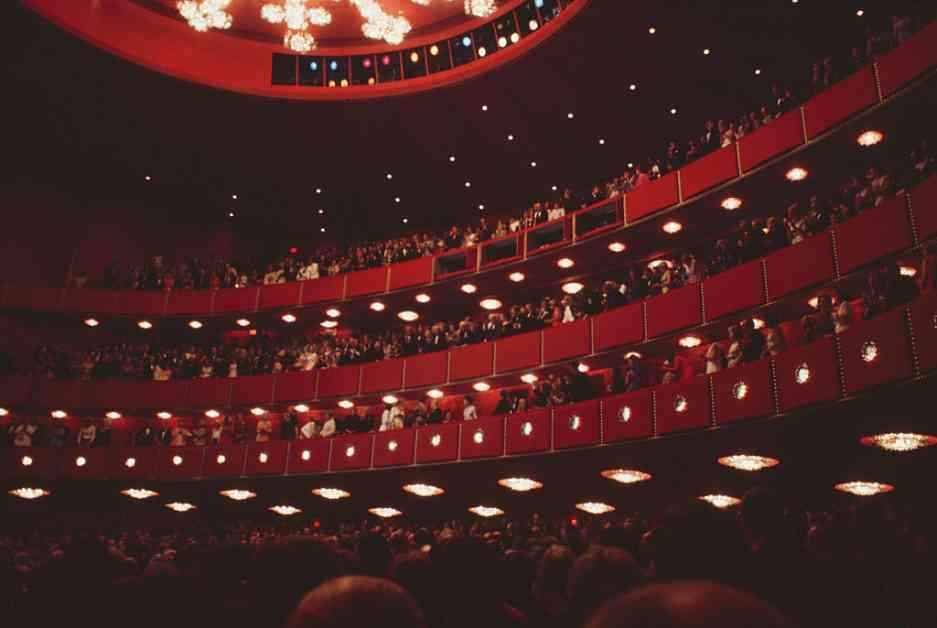JD Vance, the Vice President, faced a tough crowd at the John F. Kennedy Center for the Performing Arts in Washington, D.C. during a National Symphony Orchestra concert. The incident occurred following President Donald Trump’s recent changes at the institution, which included appointing himself as chair and placing Second Lady Usha Vance on the board.
During the performance, JD Vance and Usha Vance were seated in a box tier and greeted with loud boos from the audience for approximately 30 seconds. A video capturing the moment quickly circulated on social media, sparking discussions and reactions across the country.
The Impact of the Incident
The incident at the Kennedy Center highlights the growing divide and discontent among attendees regarding the recent changes made by the Trump administration. With the removal of longstanding board members, including Chairman David M. Rubenstein and President Deborah F. Rutter, along with three other top staffers, tensions have been running high at the prestigious arts institution.
Reacting to the incident, the new president of the Kennedy Center, Richard Grenell, emphasized the importance of ensuring that the institution remains a welcoming space for all. His statement on social media called for a collective commitment to inclusivity and unity, despite differing political affiliations or viewpoints.
The Future of the Kennedy Center
The fallout from the booing incident has raised questions about the future direction of the Kennedy Center under the Trump administration. With notable artists like Issa Rae and Rhiannon Giddens dropping out of events in protest of Trump’s actions, the center has faced significant program changes and cancellations.
One of the most notable changes announced is the cancellation of the musical Hamilton for the upcoming year, signaling a shift away from certain artistic influences deemed “woke” or “anti-American” by the current administration. As plans for future events and programs remain uncertain, the Kennedy Center finds itself at a crossroads, balancing tradition with evolving political dynamics.
Despite the disruptions and tensions surrounding the institution, JD Vance and Usha Vance chose to stay for the entire concert, demonstrating resilience and a commitment to engaging with the arts community. However, heightened security measures led to a delayed start of the event, reflecting the impact of the incident on the evening’s proceedings.
In conclusion, the booing of JD Vance at the Kennedy Center concert serves as a microcosm of broader political and cultural shifts within the institution and the arts community at large. As the Kennedy Center navigates a period of transition and controversy, the incident highlights the importance of fostering dialogue, understanding, and respect in the pursuit of a more inclusive and vibrant cultural landscape.












